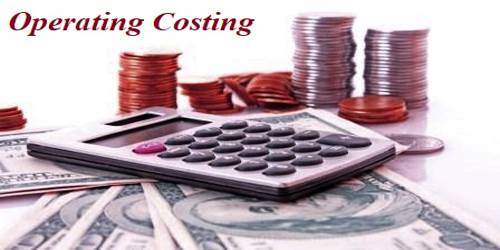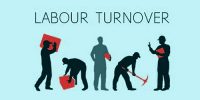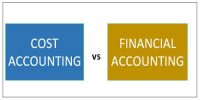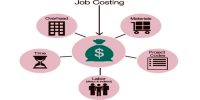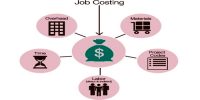Basic Features of Operating Costing
Operating costing is a method of ascertaining costs of those enterprises which provide services rather than manufacturing products. This method of costing is applied by Transport Company, Hospital, Hotels, Canteens, and Colleges etc. In other words, Operating costing can be defined as the cost assertion process of organizations engaged in service providing business. It is a costing method that combines process costing and job costing.
The formula for operating cost can be expressed in the following way:
Operating Cost = Cost of Goods Sold + Operating Expenses.
Operating costing facilitates better control, over cost where unit cost is determined. The computation of per unit cost of providing a service is very much essential as it is necessary to fix up the selling price of a service.
The main features of operating costing are as following:
(a) The undertaking which adopts service costing does not produce any tangible goods. These undertakings render unique services to their customers.
(b) The expenses are divided into a fixed and variable cost. Such a classification is necessary to ascertain the cost of service and the unit cost of service.
(c) The cost unit may be simple or composite. The examples of simple cost units cost per unit in electricity supply, cost per liter in .water supply, cost per meal in canteen etc.
Similarly, cost per passenger kilometers in transport cost per patient-day in hospital, costs per patient-day in a hotel etc. are the examples of composite cost unit.
(d) Total cost is averaged over the total amount of service rendered.
(e) Costs are usually computed period-wise. However, in the case of utilization of vehicles, use of road-rollers etc., the costs are computed order wise.
(f) Service costing can be used for service performed internally or externally.
(g) Documents like the daily log sheet, cost sheet etc. are used for the collection of cost data.
